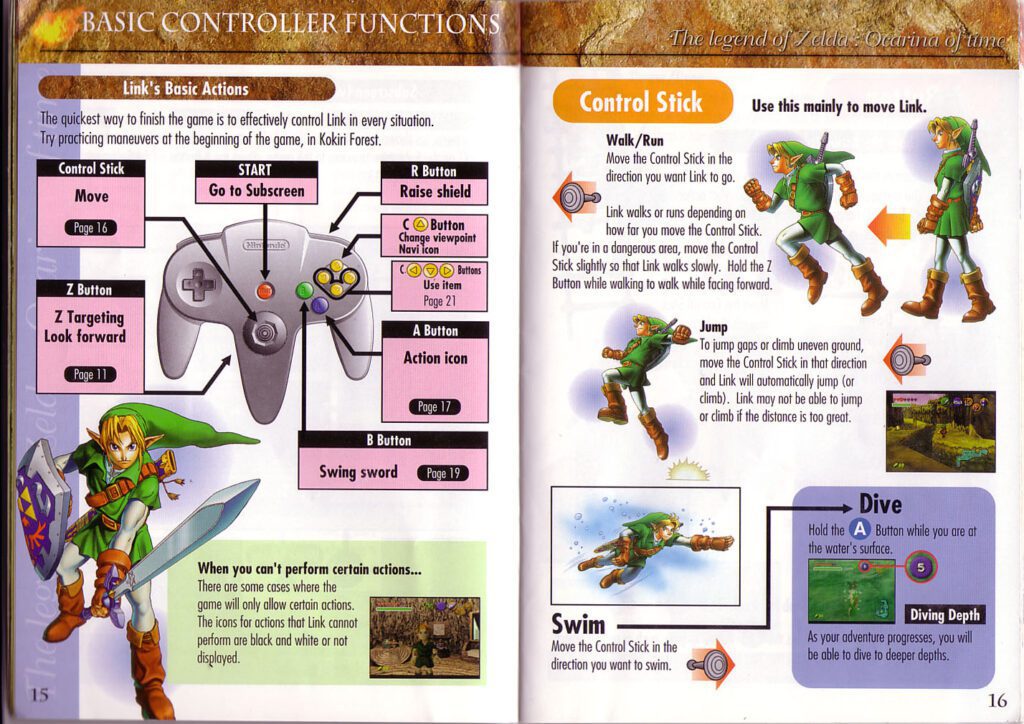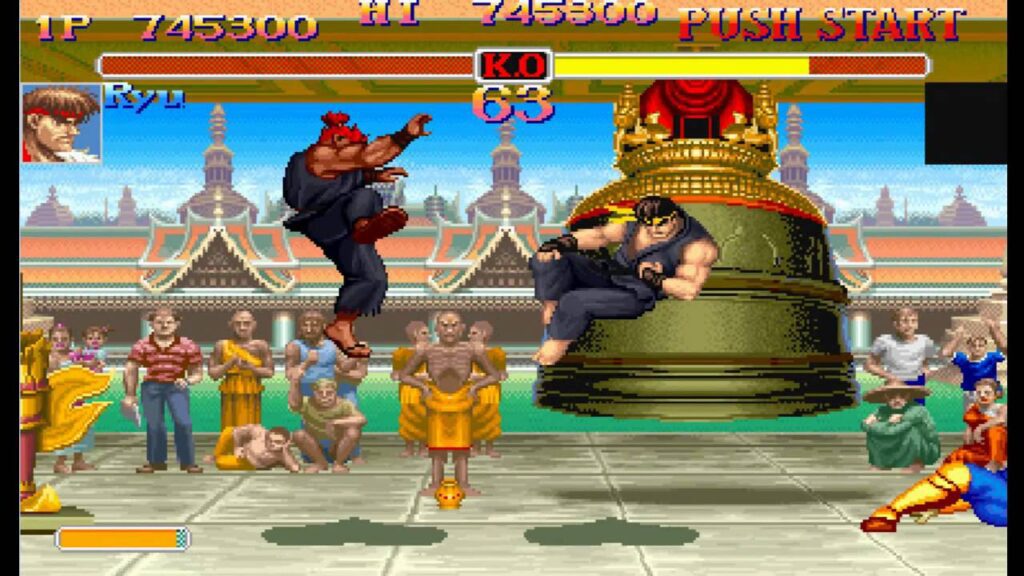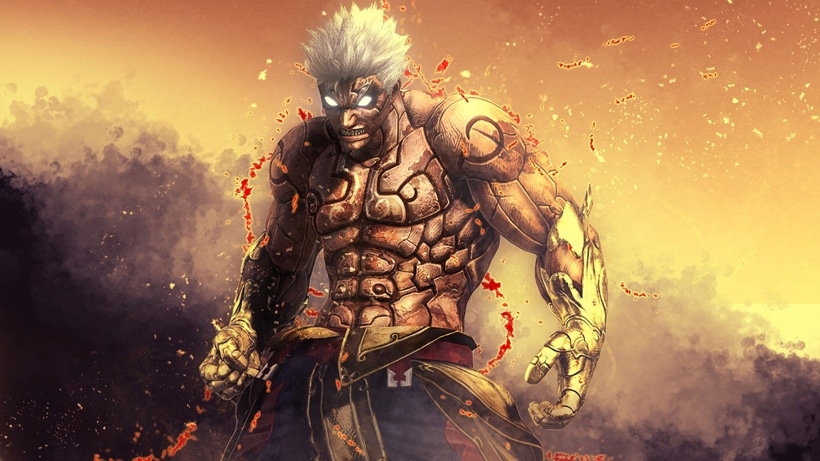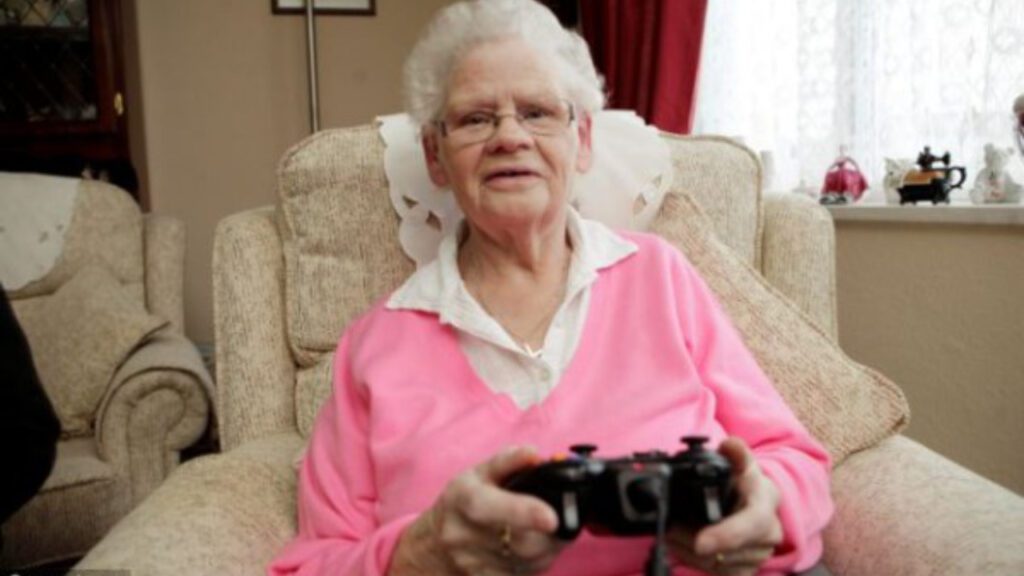Being a mid-80s kid is though: as I’m nearing my forties, I still have fond memories of a head full of hair, an easier time with no bills to pay…and old games actually meant something for me from the moment I got them out of a shelf, to the final second of the credits rolling on the screen.
Not that the modern day gaming industry is without its conveniences, mind you. I enjoy the hell of my ability of browsing, paying for and playing a game without having to leave the couch, and the digitalization of the global market has certainly brought technology novelty to a then-seen “childish hobby”.
However, for a market that is expected to attain $665.77 billion in size by 2030, the global gaming industry allowed itself to forget about the “fun” part that made it what it is today. For the most part, I miss a lot of things from “the old times” that you just don’t see nowadays, such as…
Note: Affiliate Disclosure: At PlayRatedGames, our content is made possible by our readers. If you purchase a game or product through links on our site, we may receive a small commission. This support helps us continue publishing honest, independent reviews. Our recommendations are based solely on what we believe offers real value to players — never influenced by affiliate partnerships.
3 things the old games had that the new generation would certainly benefit from
- Instruction manuals and booklets
- Unlockables and tricks within the game
- Seriously, why is DLC even a thing?
- Final thoughts: is there still hope?
Instruction manuals and booklets

Call me old fashioned, but there was something alluring between buying a new game and playing it at home: leaving the store and not being able to hold the anticipation, only to open the box and start reading the manual had something of an effect on the consumer: it would drive your curiosity to the max, which, in turn, made playing the game an even more fulfilling experience.
Some of those manuals were just that—manuals, in the literal sense of the word: control schematics, health warnings for epilepsy-prone people and so on. Others, however, brought additional details to a cool story, or gave you stickers to collect and so on.
One I’m particularly fond of: The Legend of Zelda: Ocarina of Time had 23 pages, opening up with simple tidbits like “how to hold the N64 controller”, but by page three or four, it started establishing the story of a Hyrule you would soon travel through. You can find a PDF of it on the Internet Archive, thankfully (but having the printed, actual thing is still amazingly better).
Unlockables and tricks within the game

The Elder Scrolls: Skyrim had this weirdly funny clipping bug that allowed you to “butt jump” entire mountains…and it got promptly fixed on a later update. Street Fighter 6 has tons of “secret” fighters…that you can add to the main roster through a price as DLC.
Again, call me old fashioned, but I remember the days where a game’s content was present in full on whatever delivery device—cartridges, discs—it was on, including all those extra, secret stuff.
The classic “Konami Code” was originally meant to give you any and all power ups on Gradius, and it became somewhat of a pop culture icon, but that’s not the only one: Super Street Fighter II Turbo had a very specific way to be unlocked as a playable character (namely, highlight Ryu for 3 seconds, then T. Hawk for 3 seconds, Guile for 3 seconds, Cammy for 3 seconds, then Ryu again for 3 seconds, hold the Start button, while pressing LP + MP + HP simultaneously — the man’s silhouette would appear for a split-second).
Hell, even Darksiders had a really, almost immediate way to kill smaller enemies, and that’s not even a bug or a trick—it’s just not largely experimented upon so most people still don’t realize it (yes, it’s the Earthcaller Horn thing…).
The point is: these tricks were par for the course on any of the old games from back in the day—while now they’re DLC pieces that you’ll probably have to pay more money to get. Either that or minor bugs that will be patched out for no good reason. Which is, well, sad.
And while we’re at it…
Seriously, why is DLC even a thing?

I don’t know at what point in time we, as consumers, allowed companies to cut up a game’s content only to sell it afterwards as DLC, forcing us to spend more money in the process. I get the industry is, before and after everything, a business—and it does need consumer money to sustain itself.
However, most business practices used on old games were, in fact, limited to a one-time purchase, namely, the game itself. Probably the most egregious case would be 2012’s Asura’s Wrath: the game did an amazing job setting the plot—with all of its crescendo-like moments, huge build-ups and then, a final part where the true antagonist is finally revealed for you to take a shot at ending him…after you shell out an extra $7.
What’s even worse, that paid-for ending ended on a cliffhanger for Asura’s Wrath 2, which never came to fruition.
Final thoughts: is there still hope?

Well, truth be told and as much as old people with receding hairlines like me tend to complain, yes, there is.
Capcom could have gates specific scenarios in the Resident Evil 2 Remake, and Sucker Punch was pretty solid for allowing the entire story play out in Ghost of Tsushima’s main game (the DLC stuff was mostly cosmetic and an extra survival-like online mode).
It is a fact that some companies are growing wise to the consumer’s complaints when it comes to content—extra or not—and are willing to play ball, adapt or meet us halfway. But we can all agree that being at the behest of a publisher’s goodwill (or lack thereof) is a less-than-desirable scenario.
What we can do, as gamers, is keep complaining: as Mass Effect’s Garrus would say, “yell loud enough, and someone will eventually come over to see what all the fuss is about.”
Wanna see more articles like this? Make sure to check out our Lists and Rants pages, then! Those are the places were we give our take on the industry’s comings and goings, with a flair for spicy opinions!


